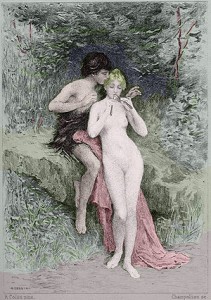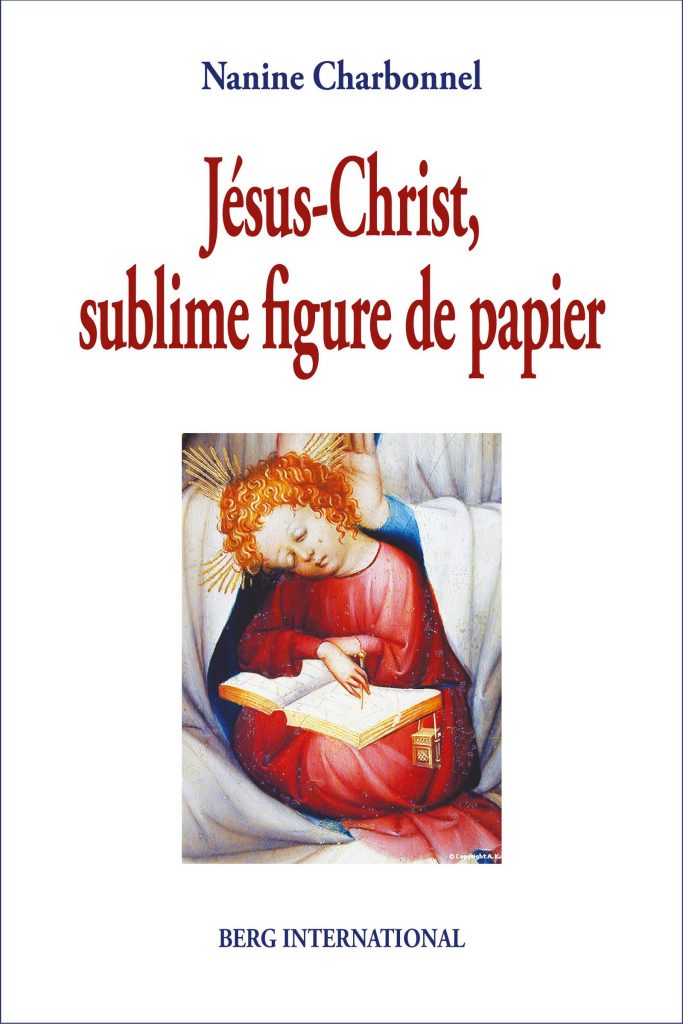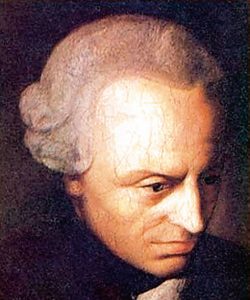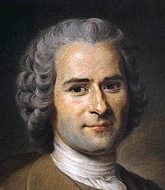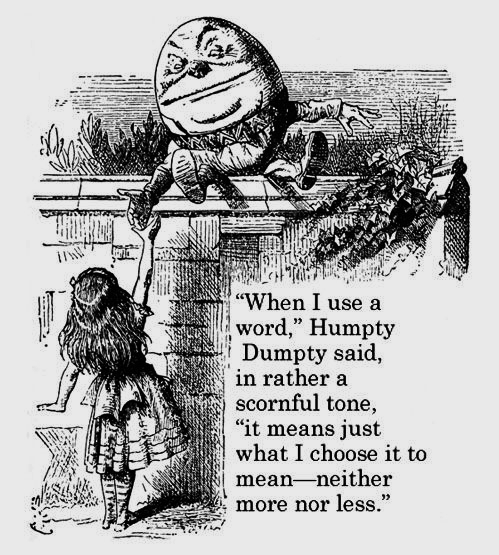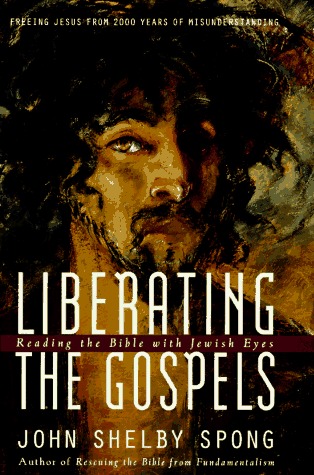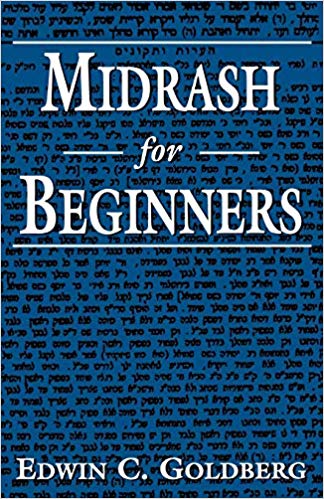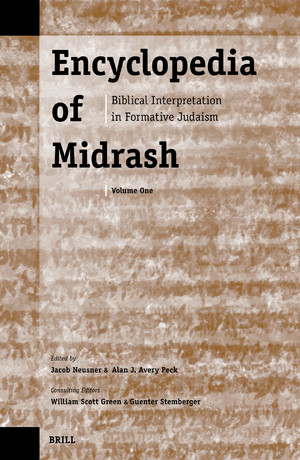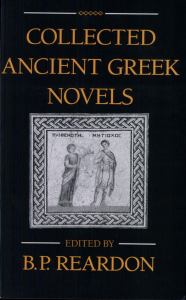 Someone asked for examples of the ancient literature that contain motifs echoed in the biblical narratives. I’ll post a few, beginning Chariton’s novella Chaereas and Callirhoe. I do not believe that we have any reason to think that there is any genetic relationship between the following extract and the gospels. The similarities arise entirely from a shared cultural and thought world. It appears to me that the evangelists were drawing upon stock literary tropes when they related their respective empty tomb scenarios.
Someone asked for examples of the ancient literature that contain motifs echoed in the biblical narratives. I’ll post a few, beginning Chariton’s novella Chaereas and Callirhoe. I do not believe that we have any reason to think that there is any genetic relationship between the following extract and the gospels. The similarities arise entirely from a shared cultural and thought world. It appears to me that the evangelists were drawing upon stock literary tropes when they related their respective empty tomb scenarios.
A mourner comes very early in the morning to the tomb where his beloved was placed the evening before. He finds it open. He is fearful and confused. Others come to see but none dare go inside. When the body is found to be missing the first thought of the mourner is that she has been taken up to heaven as a living goddess — as per otherwise unknown variants of the myths of Ariadne and Semele who were made divine after apparently dying. I have highlighted the passages that remind us of the gospel empty tomb narratives. (One of the more interesting details — I think — is that the first to arrive at the tomb do not enter until someone else arrives later and does so. Compare the Gospel of John’s sequence of Peter and the beloved disciple.)
As for the date of Chariton’s work, B. P. Reardon (whose translation I am copying) thinks it belongs to the mid first century CE.
Chariton’s employer may possibly have been a known figure of the early second century A.D., but Chariton’s style suggests a rather earlier date for his work: he does not “atticize,” that is write in the archaizing Greek fashionable from the late first century A.D. onward, and was an ambitious enough writer to have done so had he lived in that period. But style is an unreliable criterion, and Chariton has been placed as early as the first century B.C. My own guess at his date is about the middle of the first century A.D. The geographical and social background of one of the story’s main locations, the region of Miletus, certainly seems to fit that area of Asia Minor in the early Roman Empire. (pp. 17f)
Here is the passage. It is from Book 3, Section 3 of the work:
The tomb robbers had been careless in closing the tomb — it was at night, and they were in a hurry. At the crack of dawn Chaereas turned up at the tomb, ostensibly to offer wreaths and libations, but in fact with the intention of doing away with himself; he could not bear being separated from Callirhoe and thought that death was the only thing that would cure his grief. When he reached the tomb, he found that the stones had been moved and the entrance was open. He was astonished at the sight and overcome by fearful perplexity at what had happened. Rumor—a swift messenger—told the Syracusans this amazing news. They all quickly crowded round the tomb, but no one dared go inside until Hermocrates gave an order to do so. The man who was sent in reported the whole situation accurately. It seemed incredible that even the corpse was not lying there. Then Chaereas himself determined to go in, in his desire to see Callirhoe again even dead; but though he hunted through the tomb, he could find nothing. Many people could not believe it and went in after him. They were all seized by helplessness. One of those standing there said, “The funeral offerings have been carried off — it is tomb robbers who have done that; but what about the corpse — where is it?” Many different suggestions circulated in the crowd. Chaereas looked towards the heavens, stretched up his arms, and cried: “Which of the gods is it, then, who has become my rival in love and carried off Callirhoe and is now keeping her with him — against her will, constrained by a more powerful destiny? That is why she died suddenly — so that she would not realize what was happening. That is how Dionysus took Ariadne from Theseus, how Zeus took Semele. It looks as if I had a goddess for a wife without knowing it, someone above my station. But she should not have left the world so quickly, even for such a reason. Thetis was a goddess, but she stayed with Peleus, and he had a son by her; I have been abandoned at the very height of my love. What is to happen to me? What is to become of me, poor wretch? Should I do away with myself? And who would share my grave? I did have this much to look forward to, in my misfortune — that if I could not continue to share Callirhoe’s bed, I should come to share her grave. My lady! I offer my justification for living — you force me to live, because I shall look for you on land and sea, and in the very sky if I can reach there! This I beg of you, my dear — do not flee from me!” At this the crowd broke out in lamentation; everyone began to lament for Callirhoe as though she had just died. (pp. 53f)
Chariton. 1989. “Chaereas and Callirhoe.” In Collected Ancient Greek Novels, translated by Bryan P. Reardon, 17–124. Berkeley: University of California Press.
For those curious about the story, Chaereas had kicked his betrothed, the goddess-like Callirhoe to death (or so he and everyone else thought), but the author clearly expects readers to sympathize with him because he did so sincerely believing (although falsely) that he had a good reason to be angry with her. How times and values change! However, Callirhoe had only been winded and recovered in the cool of the tomb. When tomb robbing pirates found her alive when they broke into the tomb they took her to sell her as a slave.

